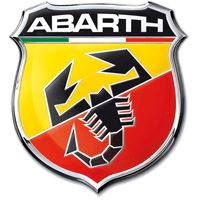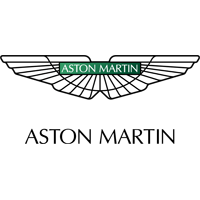Fair Wear and Tear Guidelines: What Are They?

Returning a Leased Vehicle
At the end of your contract, when the time comes to take your leased car back to the leasing company, it is understandable that you want to avoid any additional fees.
Leasing companies aren’t unreasonable – we know that driving a car along the road means it is going to suffer some minor, general wear and tear during the years you have had it. Nonetheless, we do expect the vehicles we lease to be taken care of as much as possible over the term and we want it returned in a reasonable condition.
When returning your car, you should expect your vehicle to be inspected in line with the BVRLA fair wear and tear standards.
What is Fair Wear and Tear?
The British Vehicle Rental and Leasing Association (BVRLA) have laid down a set of guidelines for exactly what constitutes ‘fair wear and tear’ and most leasing companies follow these rules.
However, it is important to check as there may be subtle variations in your lease and it pays to know those in advance.
The key word to fair wear and tear is ‘fair’. Fair should be seen to mean impartial, objective and reasonable – meaning that if any damage is within the bounds of normal use for the vehicle then it isn’t held against you.
Things that will be looked for and some common lease repairs:
-
Scratches or scuffs on the paintwork – anything 25mm or shorter falls within guidelines, but long scratches or gashes need to be repaired and paid for.
-
Dents and chips in the bodywork – 10mm is the outlying size of what is considered acceptable, and no more than two per panel. If your dent is larger that this, you may have to pay a penalty.
-
Rips, tears or other damage to carpets or upholstery - there’s no reasonable reason for damage to the internal upholstery of the vehicle.
-
Wheel damage – dents or holes in the wheels are another big no-no. If you have driven the car over a large bump, it may pay to have it seen to straight away.
-
Cracks in windows and mirrors – the glasswork should be intact and have zero impact on vision. While minor scratches may be ignored, any holes or chips must be repaired.
How to Avoid Fees at the End of the Lease
Try to not be the person returning a leased car with damage.
It is often far more financially sound to have any issues you know of fixed before returning your leased car, than it is to accept lease car damage charges.
-
Drive your car sensibly and clean it regularly – if you have looked after your car for the length of the lease then when you return it, you’ll have less to worry about!
-
Check your car three months before you are due to return it – give yourself an early head’s up and enough time to deal with whatever you find.
-
Request a copy of the wear and tear guide from your leasing company – if you know what to look for, it helps!
-
If you know there’s something wrong, don’t ignore it – if you can fix it, then do.
-
Get a neutral third-person to check over the car for you – a fresh set of eyes is likely to be a little more reasonable than your own check.
-
Fully valet the car - valeting can be quite expensive when compared to a car wash, but is much cheaper than any potential end of lease charges.
-
Check all of the bodywork – crouch down and check the low sections in good light and use a torch to make sure you can see everything that is shadowed.
-
Accept what damage is done and budget accordingly – sometimes you just have to hold your hands up.
Final Thoughts
Don’t forget about the mileage limit you agreed on at the start of the contract – if you have exceeded this then you are likely to be liable for fees for extra mileage too.
Remember that you will have to return the keys (including spare) and have all paperwork with you to avoid any issues.
If you need more advice before returning your car and how to avoid fees at the end process of the vehicle lease, give us a call today to speak to one of our representatives.
We’re always on hand to find you the perfect lease deal and answer any queries you may have! So don’t hesitate to get in touch.




































